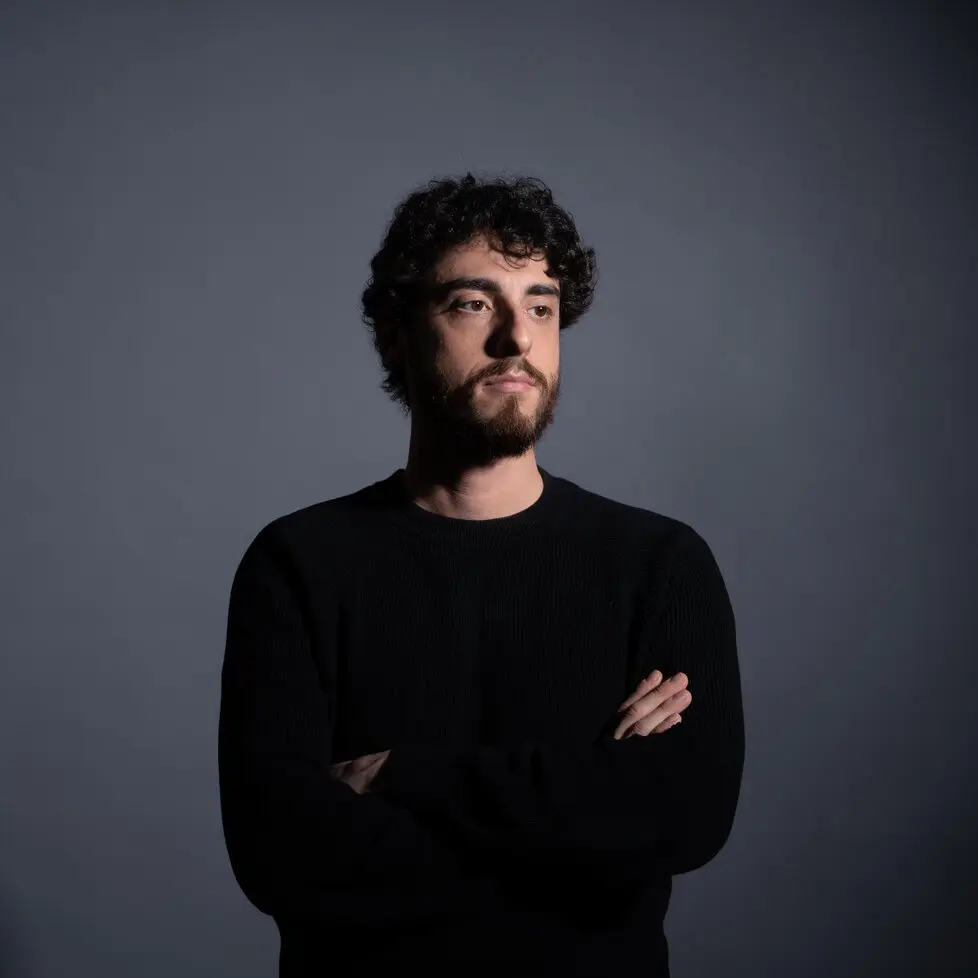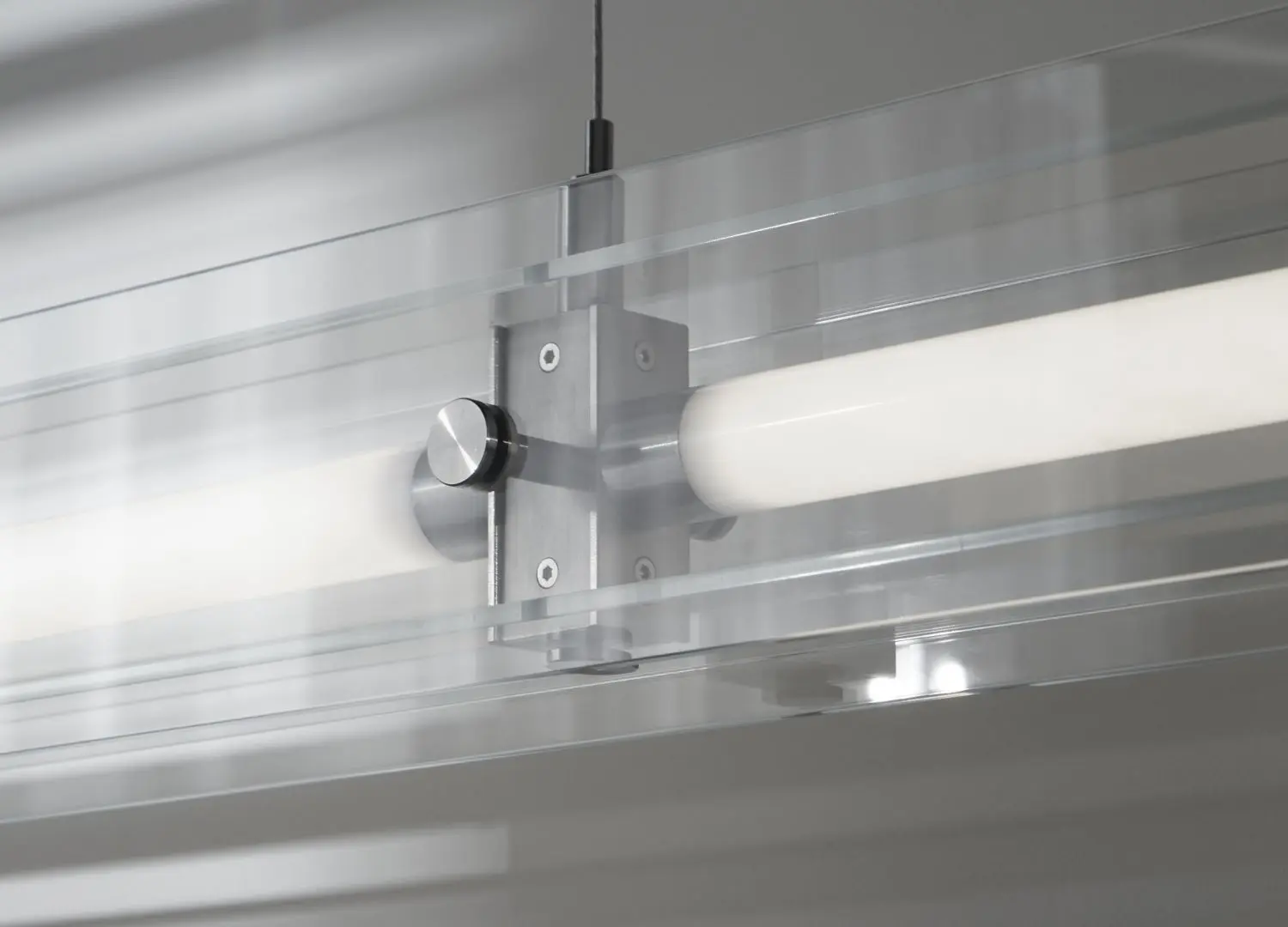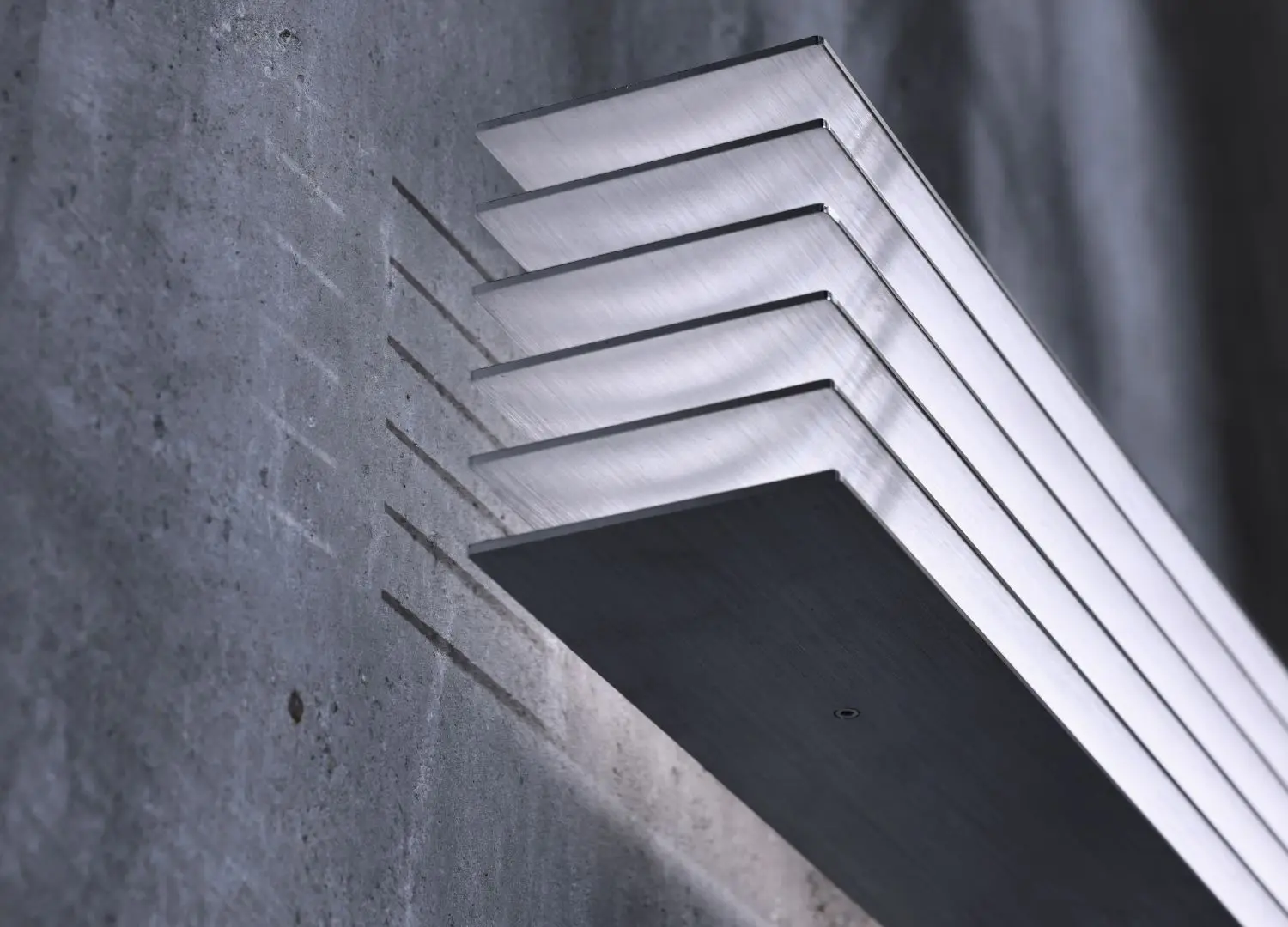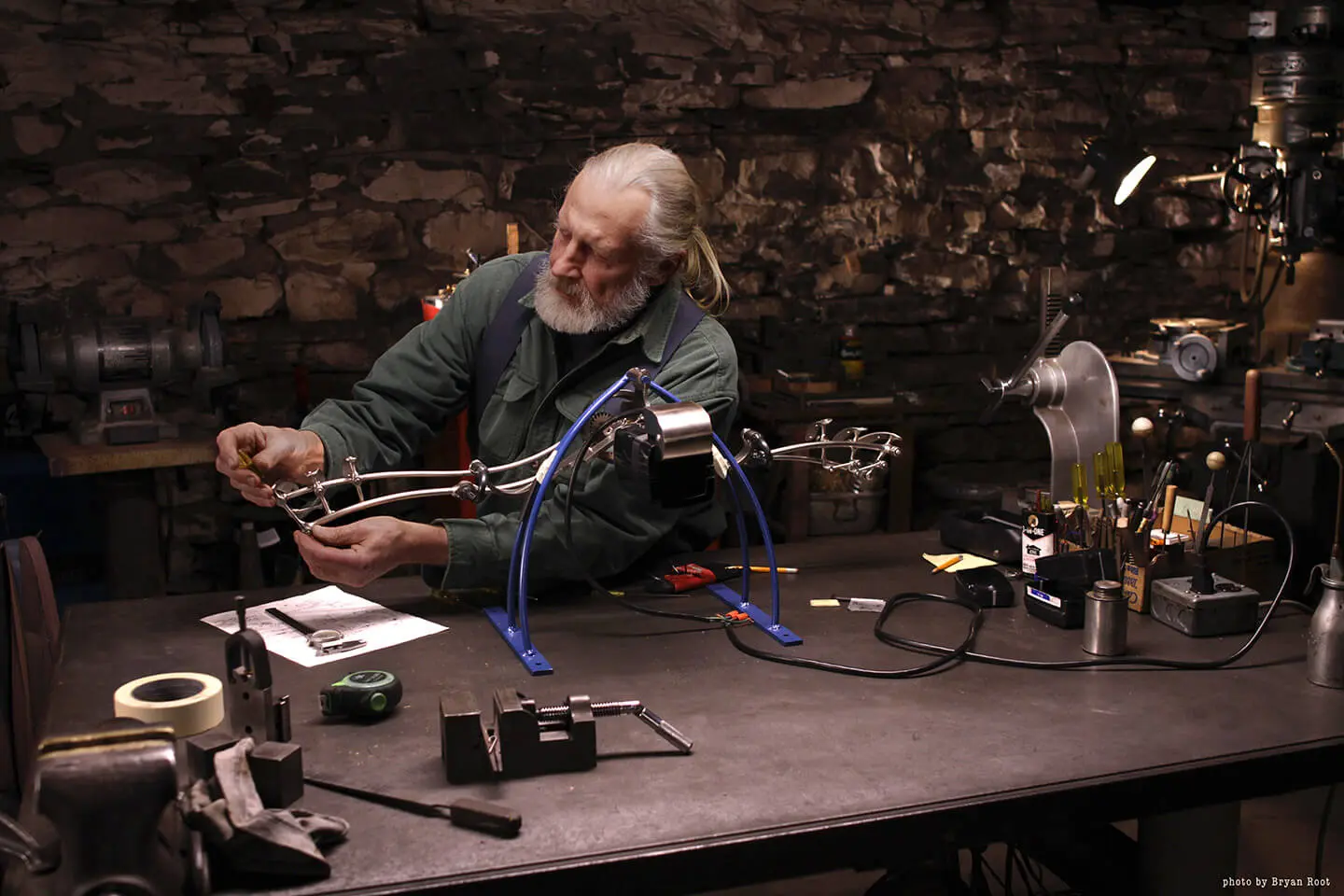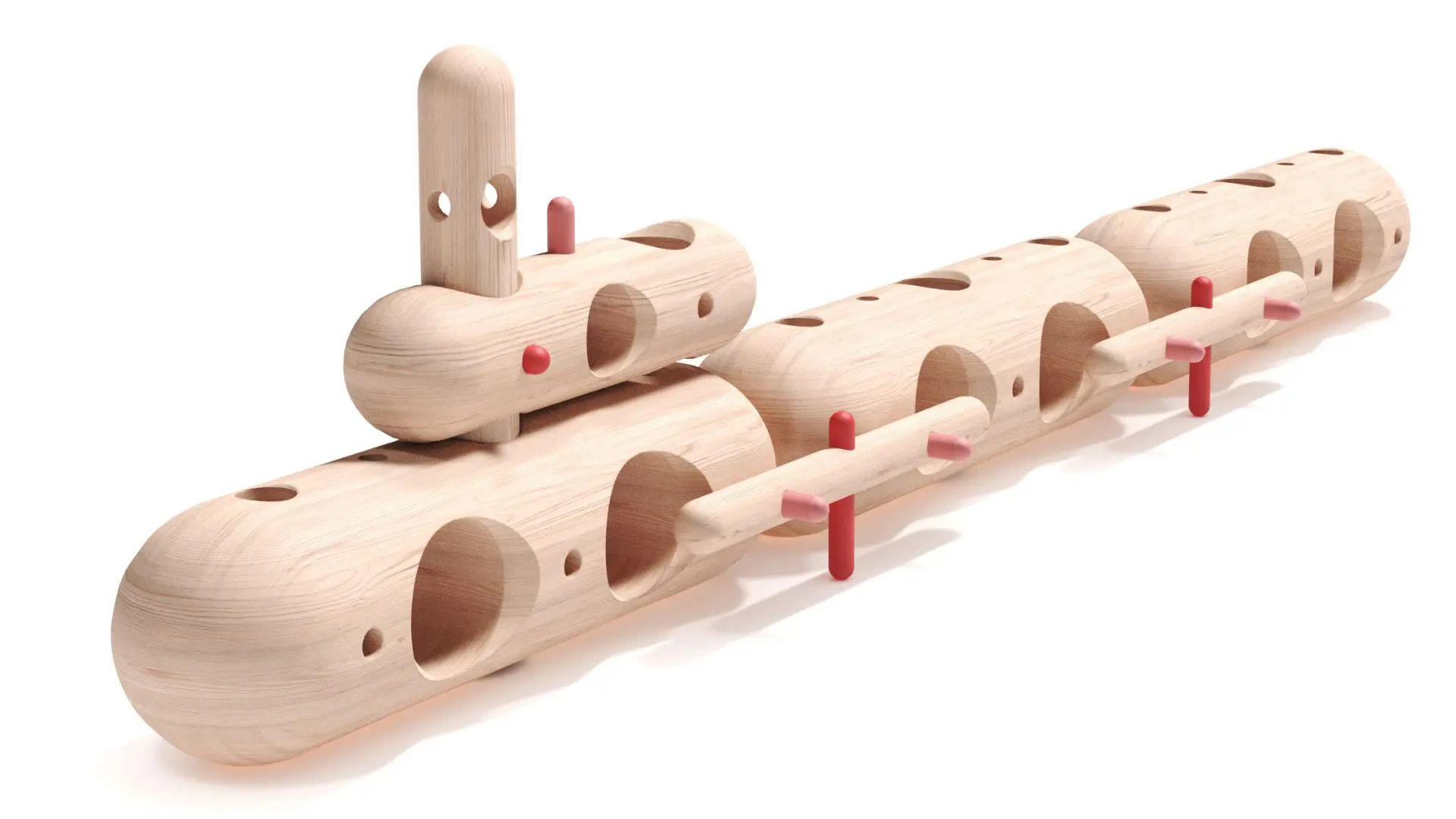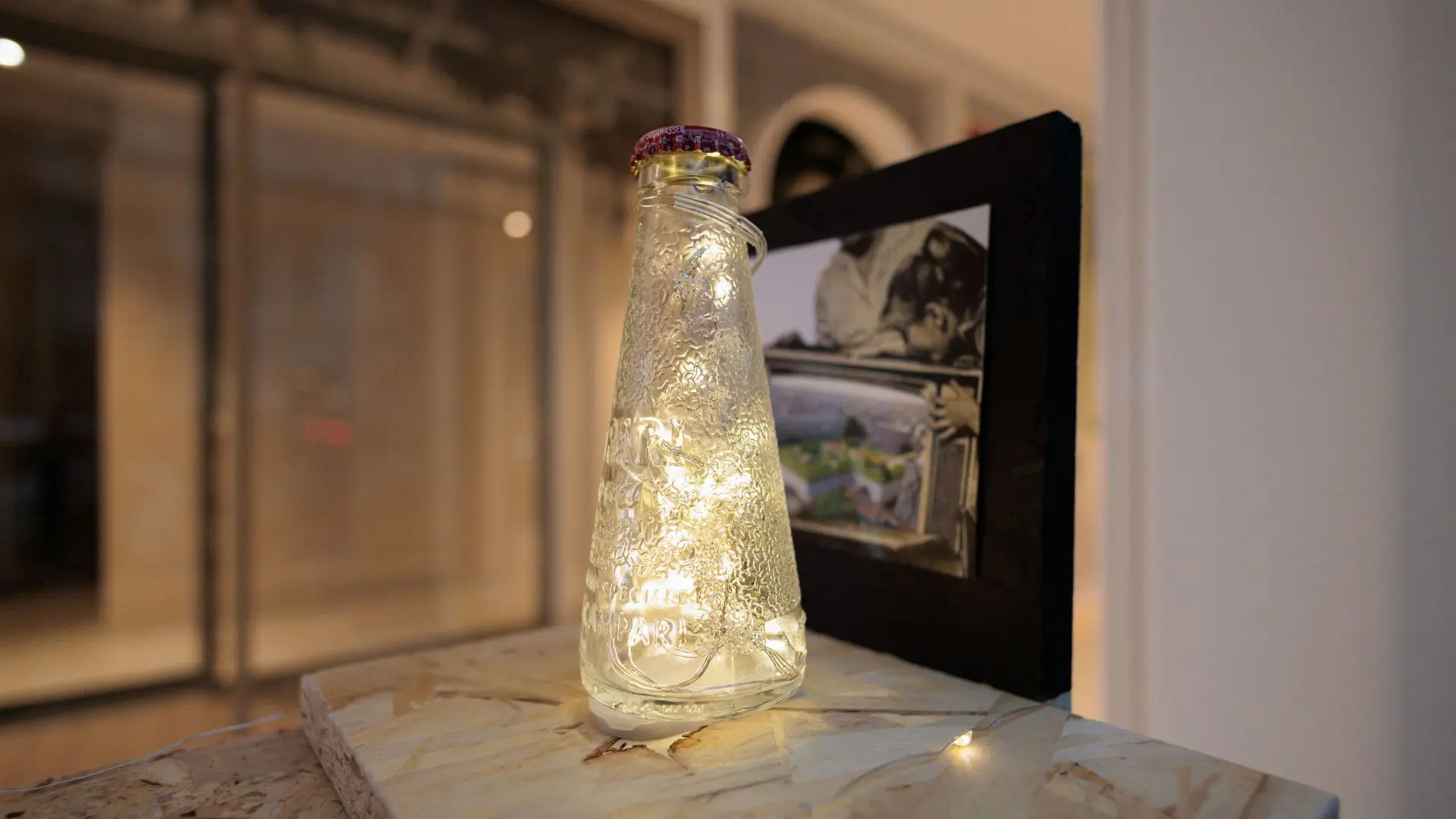Mario Tsai, the Super Designer
Some designers, like Tom Dixon, have redefined the industry with an approach that blends research, process, and entrepreneurship. Among the new generation, one name stands out: Mario Tsai, a Chinese designer with a distinctly European touch.

China is a land of immense opportunities, especially for designers. Some industrial districts count thousands of manufacturers, making the demand for new designs incredibly high and the chances of seeing your ideas come to life remarkably fast. This is quite different from Europe, where the manufacturing process takes longer, and companies think twice—often a hundred times—before committing to production.
Perhaps for this reason, many Chinese designers focus primarily on their domestic market, with only a few exceptions looking towards Europe. Until recently, one of the most internationally recognized Chinese design studios was Neri & Hu, known primarily for architecture. But today, another name is making waves beyond China’s borders: Mario Tsai Design Studio. Founded by Cai Liechao, the studio is rapidly spreading its design philosophy across the globe.

From the very beginning, Tsai adopted a strategic approach, carefully positioning himself to find opportunities and partners first in China and then in Europe. He gained visibility by exhibiting at major design fairs, and it was during one of these exhibitions that a pivotal moment occurred—one that would shape the future of his studio.
What began as a traditional design practice soon evolved into something more: a hybrid between a studio and a manufacturing brand. After presenting a prototype at an exhibition, Tsai noticed that it attracted more interest from architects and interior designers—potential end customers—than from brands. The demand for direct inquiries grew, and from that moment, everything started to take shape.

Today, Mario Tsai not only designs products but also manufactures them under his own brand. This dual role strengthens both aspects of his work—giving his studio greater creative freedom while enhancing the prestige and recognition of his brand worldwide.
His journey is both unique and incredibly relevant to contemporary design. To better understand his vision, I reached out to him with a few questions. Enjoy the interview.

How did your design career begin? What were the main challenges you faced at the start?
Mario Tsai:
“I began my journey as an engineering student in high school, determined to leverage my technical background when transitioning into design. After graduating in 2011 with a degree in Furniture Design from Beijing Forestry University, I worked as both a designer and engineer at a major furniture manufacturer in Beijing. In the summer of 2016, I relocated my studio to the western suburbs of Hangzhou and assembled a four-person design team. We actively participated in multiple international exhibitions across Europe, including Stockholm, Milan, and London.
Our three-year presence (2016–2018) in the Greenhouse section of the Stockholm Furniture & Lighting Fair brought us recognition within the Scandinavian design community, leading to collaborations with four renowned brands, such as Ferm Living and Woud. The year 2019 was a pivotal moment for us—we held our first solo exhibition at Milan Design Week, unveiling our signature Mazha Lighting System. This milestone attracted attention from international media and brands. In 2020, we expanded our reach by hosting two major solo exhibitions, Poetic Light, in Hangzhou and Shanghai.

By 2021, we launched our eponymous brand, MARIO TSAI, dedicated to producing and selling lighting and installations developed by our design team at Mario Tsai Studio. Looking back, one of my biggest early challenges as a designer was navigating the industry without recognition or financial backing.”
How has Chinese culture influenced your design approach and creative process?
Mario Tsai:
“From a Western perspective, Chinese culture is often associated primarily with its rich traditions, while modern Chinese culture—shaped by the country’s rapid modernization—is frequently overlooked. Even within China, there is a strong sense of pride in our heritage, sometimes at the expense of recognizing contemporary cultural evolution. Personally, I see this era as a fusion of tradition and modernity, where I am exposed to a diverse range of influences beyond China’s borders. While the pragmatic and hardworking spirit of Chinese culture drives me to continually progress and innovate, the subtle yet profound pursuit of spiritual depth in traditional culture inspires me to seek an invisible yet powerful force in my creative process.”

Does European design play a role in your inspiration ? If so, how?
Mario Tsai:
“Europe, as the birthplace of modern design, holds immense significance for designers worldwide. At the start of my career, it served as both a source of learning and a benchmark for evaluating my own design abilities. As I advanced, I began comparing myself to my European peers, adopting a competitive mindset that accelerated my growth. Today, however, the landscape is shifting. Design resources in Europe are becoming scarcer, competition is intensifying, and traditional commercial design is increasingly rigid and uninspired. Meanwhile, emerging design models often cater to wealth and political correctness rather than innovation.
Yet, I see this as a tremendous opportunity for the new generation of designers to redefine the industry. Over the years, my engagement with European companies has deepened—I have exhibited, launched new products, and gained exposure through European media. For me, European design remains an essential force, shaping my journey through learning, competition, and collaboration.”

What motivated you to create your own brand?
Mario Tsai:
“Through my collaborations with various companies, I have often found that the final products fall short of my expectations. At the same time, I aspire to carve out my own path—one that balances design and business without being limited by clients’ budgets or overly commercialized visions. Rather than conforming to mainstream market demands, I seek to pursue truly pioneering and creative design.”

With such a distinctive design signature, how do you balance your vision with the needs of your clients?
Mario Tsai:
“Six years ago, much of our work was centered around designing for clients, often shaped by their commercial vision. Only a handful of companies allowed for creative freedom, while the majority prioritized business and profit over true innovation or human-centered design. This realization left me feeling conflicted, as I questioned the role of design—whether it should merely serve commercial interests or strive to push boundaries and explore pioneering perspectives.”

You now operate your own factory. What does a typical day look like in your company? How do you balance creativity and production? And who are the key people involved in the process (designers, craftsmen, PR)?
Mario Tsai:
“My company operates with an fourteen-person team, including designers, engineers, a studio manager, sales personnel, a supplier manager, and finance staff, along with a four-person factory team consisting of a factory manager and assembly workers. I believe that quality design must be built on quality production. Rather than imposing strict limitations on production methods and materials, I strive to drive both production and marketing from a design perspective.
To achieve this, I develop comprehensive processes that integrate design, production, and marketing, covering every stage—from assembly and testing to storage and packaging. For us, design and research are the core driving forces. Personally, I take on multiple roles—CEO, designer, engineer, marketer, and even photographer—because I believe creativity should guide every part of the process. Each role is essential, and ensuring that every aspect is infused with design thinking is what makes our work truly meaningful.”

Your products combine functional aesthetics with striking intensity. How do you manage the construction process to ensure the final result is visually compelling?
Mario Tsai:
“Many of our products are modular, and I believe it is crucial to meticulously refine the proportions of every detail in advance. Equally important is the thoughtful application and development of materials, as these elements define the overall aesthetic character and quality of the final installations. Achieving this level of refinement requires not only extensive design experience but also a strong intuition and a natural sense of aesthetics.”

What role do design installations play in your creative research and business growth?
Mario Tsai:
“From a business perspective, developing a single product is highly cost-effective for a small studio, both in terms of production and development expenses. However, designing a modular system that functions not only as a standalone product but also as a scalable installation for various applications offers even greater long-term advantages. This approach reduces costs on a larger scale while enhancing the product line’s adaptability and longevity.
From a marketing standpoint, large-scale installations tend to attract more attention in today’s social media-driven landscape. In this sense, combining artistic expression with modular design is both a pragmatic and forward-thinking strategy—one that balances commercial viability with creative impact.”

